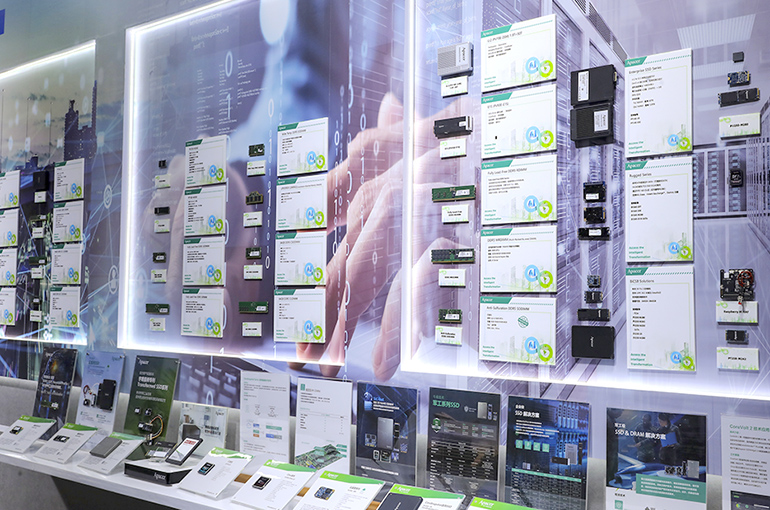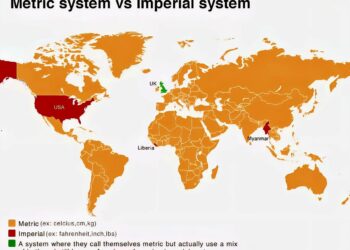Select Language:
The steady rise in memory chip prices is prompting Chinese smartphone manufacturers to either increase their device prices or shift their product offerings toward higher-end models that can better absorb rising component costs, according to industry insiders.
Memory components make up approximately 10 to 20 percent of a smartphone’s hardware costs. Recently, the price increases have caused the prices of mid- to high-end smartphones to rise by roughly CNY100 (about $14) to CNY500 (around $70). Additionally, the cost gap between the same model with different memory configurations has widened significantly, reaching up to CNY4,000 (approximately $561).
For example, the average price of a 4 GB LPDDR4X memory module was 30.4 percent higher in the third quarter compared to the second quarter, while other types of dynamic RAM also saw price jumps exceeding 20 percent. Manufacturers who choose not to pass these costs onto consumers risk losing money on their devices, industry analysts warn.
Consumers have expressed frustration on social media about these price disparities. For instance, the 2-terabyte iPhone 17 Pro Max is now CNY4,000 (about $561) more expensive than the 1TB version, and the price difference between the 256GB and 512GB Android models has increased to between CNY500 and CNY600 (roughly $70 to $85).
The trend of rising memory prices is expected to continue into the fourth quarter, with LPDDR4X prices projected to climb another 10 to 15 percent. Prices for lower-capacity memory are likely to remain strong through next year, while high-capacity memory costs may start to decline only in the second half of 2024.
Industry forecasts suggest that memory prices will keep increasing through the first half of next year. However, this upward momentum is expected to slow or even plateau toward the second half of 2026, as production capacity and stock levels grow.
This prolonged period of elevated costs is likely to put ongoing pressure on prices for consumer electronics like smartphones and computers, potentially lasting over a year. Despite this, significant price spikes are unlikely, as consumers tend to be very sensitive to prices.
In response to rising memory costs, smartphone makers are expected to push more aggressively for higher-priced flagship models, especially pro and max versions, to safeguard profit margins. Meanwhile, discounts on popular mid-range devices, priced between CNY3,000 and CNY4,000, are likely to persist, further compressing profit margins in that segment. The increased cost pressures may also cause companies to exercise more caution with technological innovations.
Manufacturers will need to strike a careful balance between raising prices to maintain profitability and reducing costs to stay competitive over the coming years. For example, reducing specifications on lower-end devices to keep costs down could deter consumers from upgrading their phones, analysts note.






